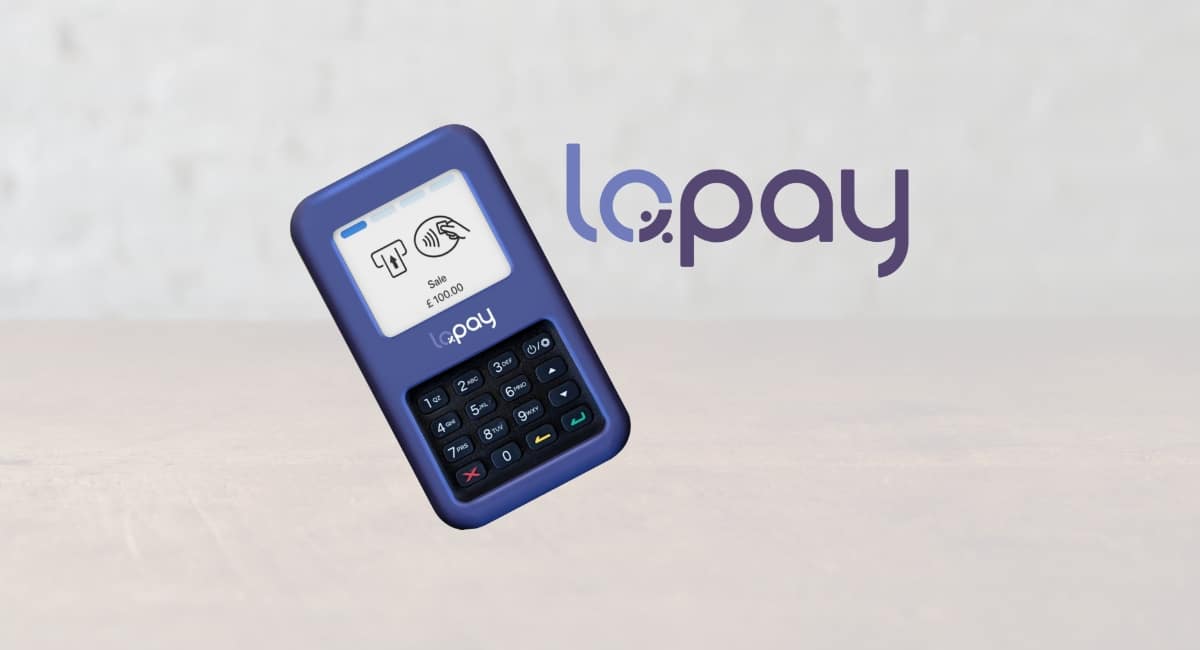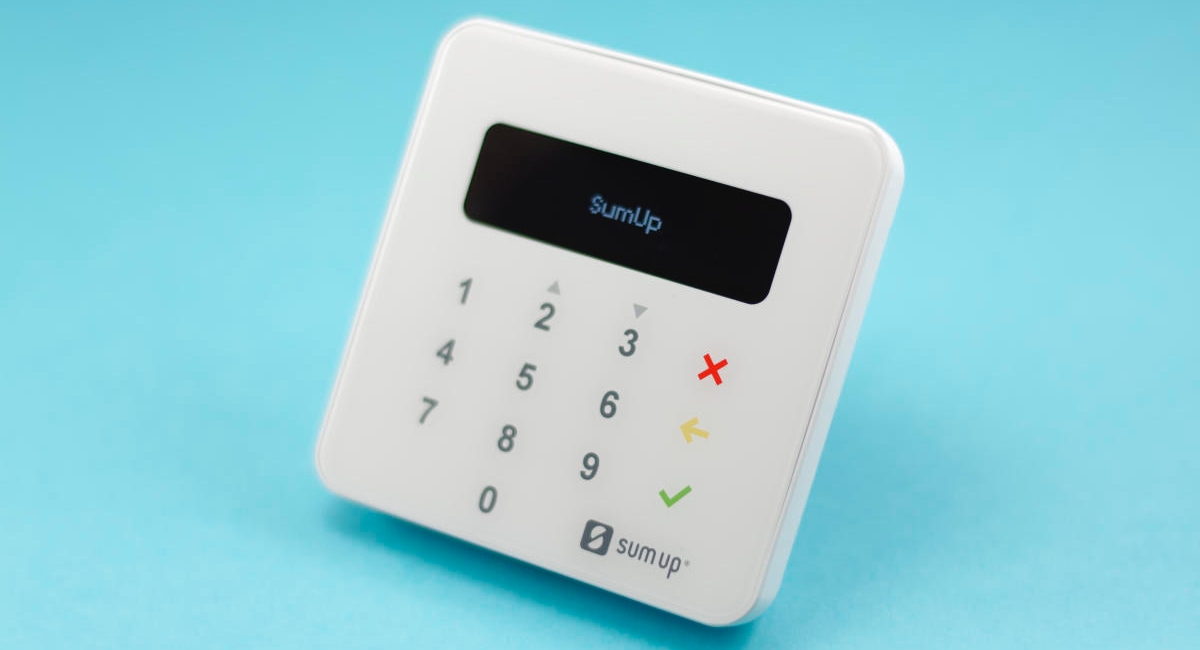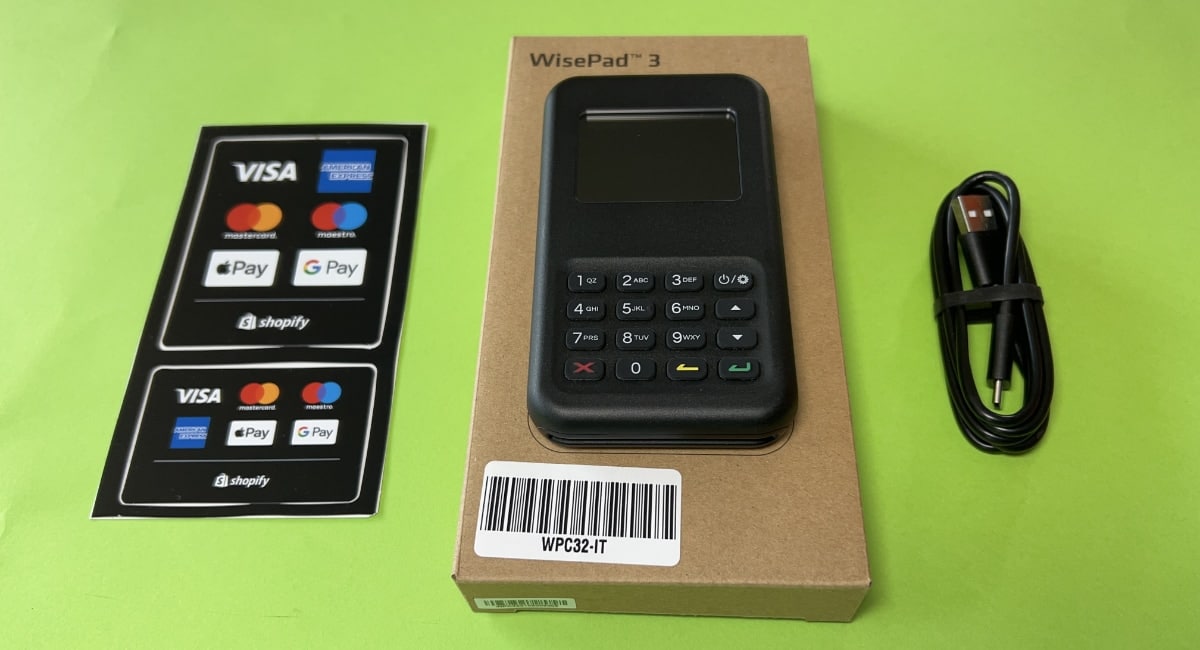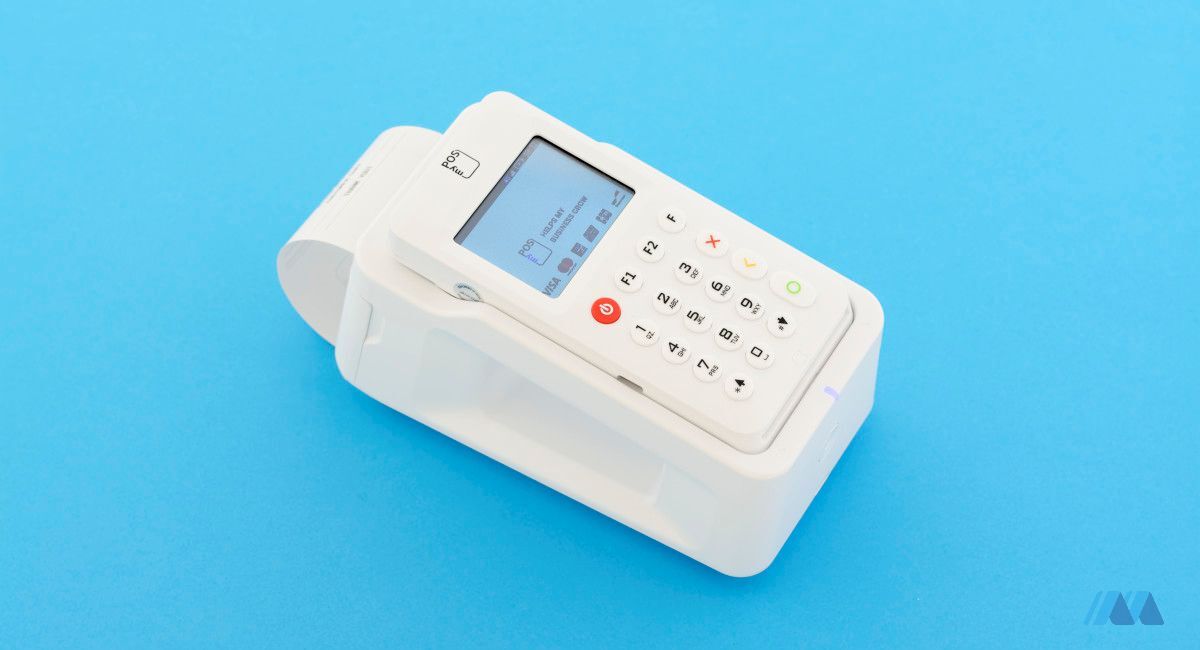The UK doesn’t lack payment companies, and one that caught our attention is London-based Lopay.
Launched in January 2022, Lopay is a very young limited company targeted at small businesses primarily. Typical of tech startups, its products are built with Stripe’s payment software, and the pricing plans are designed to look attractive for budget-conscious merchants.
It looks like a fine-tuned solution, but we know from experience it takes more than a nice website to offer a genuinely good service. We took a deep-dive into Lopay’s features to find out if the platform really is better value than established competitors.
What are the main products of Lopay?
Lopay’s only self-made product is its point of sale (POS) and payment app that looks like the free apps from SumUp, Zettle and Square. The associated payment products – the card machines and payment channels – are provided by Stripe, not Lopay.
Despite advertising two card terminals, just one of the models is currently in stock: the WisePad 3 Reader that works only conjunction with the Lopay app. The other model, WisePOS E, is a standalone smart POS terminal with a big touchscreen. Both are sold by Stripe, so Lopay acts as the reseller in this situation.
The payment methods offered include:
- Card reader transactions via contactless and chip and PIN
- Tap-on-phone payments, i.e. contactless card/mobile wallet taps on the merchant’s phone
- Payment links sent from the app for online payments
- QR code payments, i.e. customers scan the merchant’s app screen to pay online
All of these methods require the Lopay app, which makes a profit every time you accept a transaction. The app also has a product and customer library, tipping, sales reports and digital receipts, not much else. None of these features are unique, but they are essential for many small businesses.
What’s more, the app is still being developed in beta and has limitations. And if you manage to get the premium WisePOS E terminal, there are even fewer features, like no payment links. This all seems a bit incomplete, unless the core, existing features are all you need.
Are the fees fair?
Where Lopay stands out most from similar companies is its pricing. Since it is very important for small businesses to get paid soon after transactions, the idea is to capitalise on that by charging more the faster your settlement is.
The platform boldly displays the low transaction rate of 0.79%, but this only applies to domestic Visa and Mastercard cards via the card reader, and only on the plan where you receive payouts once a week on Thursdays.
On this same plan, you pay 1.04% for domestic Visa/Mastercard if using specific point of sale features in the app, and 1% is always added to international, corporate and American Express cards. Those cards bump up the rate to 1.79% or 2.04% depending on whether you use more than the bare minimum of the app.
To receive funds the next business day, you can opt for the basic rate of 0.99% for domestic cards, plus 0.25% (minimum £0.03) when using POS features, plus a further 1% for American Express or international cards.
For instant funds transfers, the base rate is 1.79% for UK consumer Mastercard and Visa cards, plus the added fees for other cards and POS features.
The lowest advertised fee is only for those who are happy to receive funds once a week, but this is not what most small retailers are looking for.
Tap to Pay on iPhone or Android costs an additional 8p per transaction. No other card reader companies charge extra for this feature. Payment links cost 0.49% extra, or 0.69% more for subscriptions, but this is normal across the industry for online payments.
In conclusion, these fees are not consistently lower than SumUp’s fixed 1.69% or Square’s and Zettle’s fixed 1.75% for all card reader or tap-to-phone payments for any card. They are certainly not lower than Revolut Reader’s 0.8% + £0.02 per consumer card transaction with next-day payouts as the standard.
Even Square’s instant transfers, priced at 2.75% compared with Lopay’s 1.79% basic rate for some cards, may turn out cheapest if Lopay’s added fees apply.
The Lopay Rewards programme could make up for potentially unfair fees, but you only get points for tap-to-phone transactions, referrals and using the Lopay Rewards Card, which is not available to new users.
Who benefits most from Lopay?
At face value, Lopay might suit someone who likes the design of the app, speed of sign-up and potentially low fees.
But in our view, it is mainly merchants who accept simple transactions with UK-issued consumer cards via a card machine who benefit from Lopay. The lowest advertised fee is only for those who are happy to receive funds once a week, but this is not what most small retailers are looking for.
You get so much more from competing platforms such as Square who includes countless free extras without upping the rate per transaction for next-day payouts. The Lopay app looks pretty polished and user-friendly, but it’s not anything special in the UK where other payment apps offer more features in an app that’s been carefully honed for years.
Is Lopay worth its own praise?
Lopay claims, on their own website, to be the the “highest-rated payment app”, but when someone says that about themselves, you should take that with a grain of salt.
A lack of customer service from Lopay has been reported by many users, despite high user ratings on Trustpilot and app stores. Unfortunately, you can’t often trust rose-tinted ratings, especially for a new service like Lopay that incentivises users to get referrals in exchange for money off on fees.
Lopay is a typical startup that knows how to build a decent app inspired by competitors while appealing to cash-strapped merchants, but it completely relies on Stripe’s payment platform to deal with the core technology.
Its relatively fast growth is partly due to clever marketing and investment decisions, but we remain sceptical about whether the product is unique and truly customer-focused enough to stay relevant in the market.




